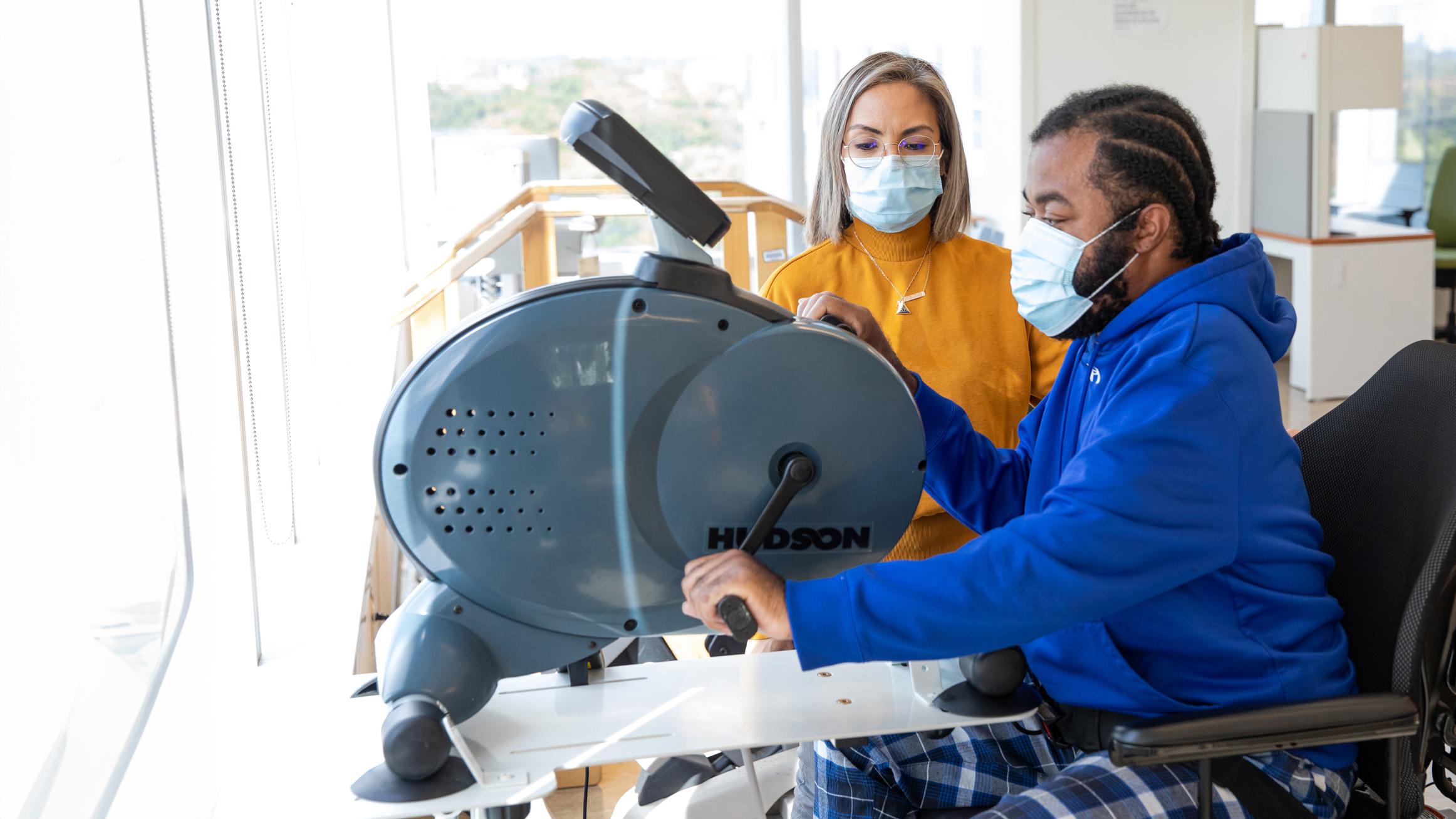Dyspareunia
Learn more about dyspareunia and how it is treated.
Overview
Dyspareunia is the medical term for persistent pelvic pain during sexual activity.
Dyspareunia refers to pain during or after sexual activity and can be felt in many ways.
Pain might be felt on the outside of the vulva or at the opening of the vagina. Pain might also be felt internally with deep penetration.
Some people have had dyspareunia since becoming sexually active, while others may develop it after having had pain-free sex. Some may experience pain during sex only in certain situations.
Dyspareunia can put a strain on your relationships and may cause stress and social isolation. It has also been linked to depression and anxiety.
Symptoms
The causes of dyspareunia can be physical, psychological, relational or sociocultural. Often, more than one cause contributes to the pain.
Causes of dyspareunia may include:
- Gynaecological conditions such as vaginitis or endometriosis
- Infections, such as yeast infections or pelvic inflammatory disease
- Dermatologic conditions, such as lichen sclerosis
- Vaginal dryness in menopause
- Medication side-effects
- Anxiety or depression
- A history of abuse
- Inadequate stimulation
- Inadequate lubrication
- Relationship quality
- Personal values
- Religious influences
- Cultural expectations
Diagnosis
If you have symptoms of dyspareunia, a gynaecologist can perform a thorough assessment to help determine the cause.
This may include questions about symptoms and any past physical or emotional trauma. It may also include a physical examination that includes a pelvic examination.
Please communicate any pain or discomfort you feel during the examination so your physician can adjust or stop the examination.
Treatment
Treatment choices depend on the specific causes of pain and may include several approaches. A gynaecologist will work with you to develop a care plan specific to your needs. Your care plan may include any of the following:
Anesthetics
If you have pain upon entry, a special numbing cream may be prescribed for use around the opening of the vagina.
Lubricants
Water- or silicone-based lubricants, or products like coconut oil, can help reduce friction and ease pain in some cases.
Moisturizers
Moisturizers work to reduce friction in the same way as lubricants. They may even work better and last longer in some cases.
Medication
Topical estrogen medications are creams applied locally to the vagina. These can help with vaginal dryness and ease pain.
Other medications, such as steroids, antibiotics and antifungals, may be prescribed to treat other conditions that may contribute to dyspareunia.
Pelvic floor physiotherapy
Physiotherapy over several weeks can help by strengthening and relaxing the pelvic floor muscles. This may ease pain during intercourse in some cases.
Psychotherapy
Psychotherapy, which may include cognitive-behavioural therapy, can help you learn strategies to change thought patterns associated with pain and fear related to sexual experiences.







